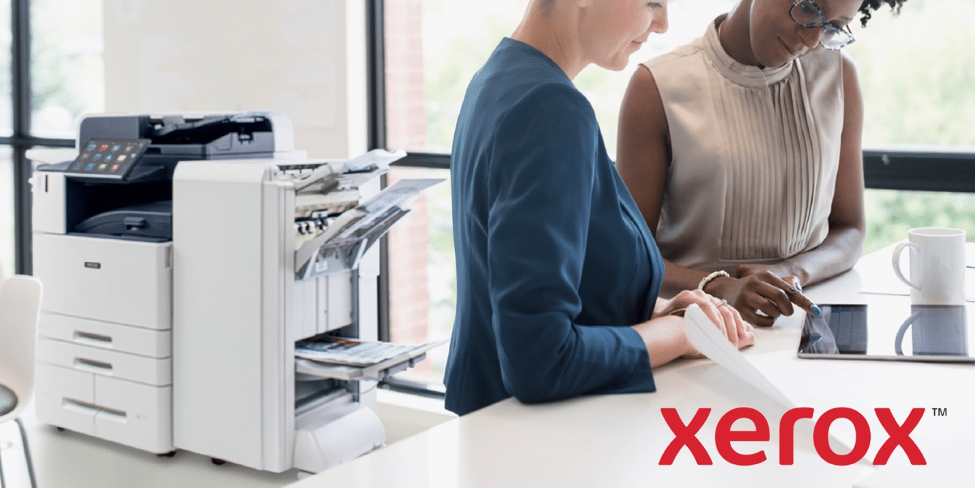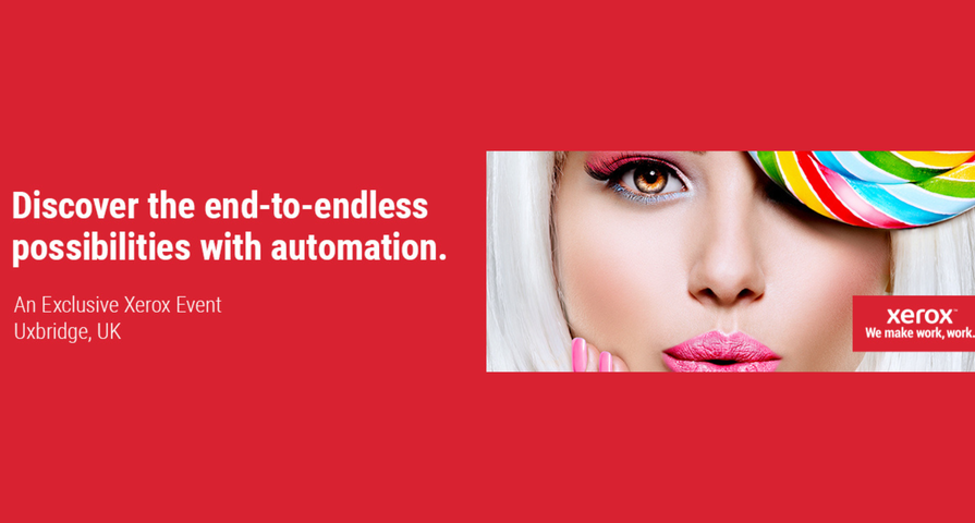The following appears on a Xerox blog website. It’s an interesting article and makes some great points. I agree you get what you pay for but there are a handful of very reputable aftermarket companies out there as well and they didn’t get to be who they are by stuffing soot into dead, beat up old cartridges. Three sides to every story right (Your side, their side and the truth).
Saving money is seductive; after all, why pay full price for something when you can get it cheaper elsewhere? It’s an attitude that’s certainly prevalent when it comes to print supplies. But, with consumers always on the lookout for low-priced toner and ink, you as channel partners need to understand the print supplies aftermarket, the connected risks and legal consequences.
What is the aftermarket and why does it affect me?
Let’s begin by clearly defining the different options in the printer supplies aftermarket as per the chart below.
Original Equipment Manufacturer (OEM)
In top position, in terms of price and quality, we naturally have OEM supplies – the highest quality option specifically engineered to match the printers they were designed for.
Re-engineered
Next is a great alternative to these top dollar OEM options: Xerox high-quality, re-engineered supplies for non-Xerox printers. These consumables deliver outstanding quality for a lower customer price point (25-40% savings versus OEM supplies) and can provide you with great margins of 25% and upwards.
Re-manufactured, Cloned, Counterfeit or Re-filled
Then there are re-manufactured, cloned, counterfeit and re-filled cartridges. Whilst the price is low, remember that cheap doesn’t always equal a bargain. Be very clear on the risks you and your customers can face when using these items and ask yourself some key questions. For example:
- Where and how were these cartridges built?
- Were health and safety procedures followed to ensure the well-being of the people who made them?
- Are you sure they will work out of the box so you won’t have disgruntled customers?
- Are there any toxicity issues with the toner or component parts that could cause potential health issues?
- Will they actually provide quality prints that your customers can use?
- And what guarantees are in place if their use actually causes printer to malfunction or, horrible thought, stop working all together?
Six reasons not to dabble in the clone zone!
- Bargain brand cartridges often infringe OEM patents. If you sell them you are breaking the law and can face prosecution
- Even if a patent is not violated, the clone may infringe the OEM’s Intellectual Property which is also illegal and a criminal offence
- European law has outlawed all false labelling, so if you sell counterfeit cartridges as ‘refurbished’ or ‘refilled’ then, you’ve guessed it, you can expect the attentions of the law
- Bargain brand cartridges can damage printers, meaning you may be liable for repairs, replacement or even loss of productivity or business
- Some clones contain environmentally hazardous toxic chemicals which could damage the user’s health. Morally and commercially this is a risk not worth taking
- Lastly, independent testing shows bargain brand cartridge page yields can be 50% lower than OEM cartridges and, really worryingly, can have failure rates of up to 100%!
Your ABC to deciphering the real deal:
It can be genuinely difficult to discriminate between a quality OEM product and a clone. So, here is my simple ABC guide to getting it right:
A. Firstly, look for the OEM AUTHENTICATION label. The Xerox supplies holographic security label for its own range of printer supplies includes a unique serial number and barcode.
B. Be clear who you BUY from. Make sure you source all stock from an Authorised Supplies Distributor in your own region.
C. Lastly, if the COST of the product is suspiciously cheap, be wary! Low prices usually equal cloned supplies.
With severe legal, health and environmental implications, dabbling in the lower end of the supplies aftermarket is to be avoided. At best it’s a false economy and, at worst, it is commercial suicide. Do get in touch if you need any help or advice in this complex area.



